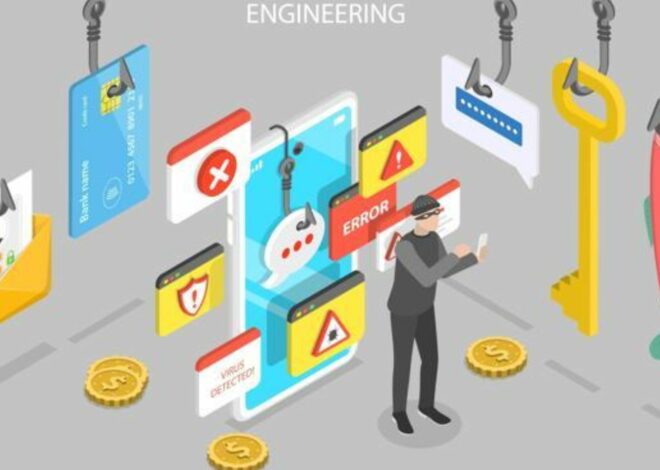
The Rise of Ransomware in Education
The education sector, with its vast troves of sensitive student and institutional data, has become an increasingly attractive target for ransomware attacks. In recent years, there has been a surge in ransomware attacks targeting schools and universities, disrupting learning, compromising confidential information, and causing significant financial losses.

Understanding the Ransomware Threat
Ransomware is a type of malware that encrypts critical data, rendering it inaccessible to its owners. Cybercriminals then demand a ransom payment in exchange for decrypting the data. Schools and universities often face immense pressure to pay these ransoms to restore access to their systems and minimize disruptions to their core operations. However, paying ransom not only incentivizes further attacks but also provides criminals with valuable funds to fuel their illicit activities.
Protecting Educational Institutions from Ransomware
Implementing robust cybersecurity measures is crucial to safeguarding educational institutions from ransomware attacks. These measures should encompass a comprehensive approach that addresses both technical and human factors.
Employee Education
Ransomware attacks often rely on social engineering tactics to trick individuals into clicking on malicious links or opening infected attachments. Therefore, educating staff about ransomware and its common attack vectors is crucial. Training should cover topics such as identifying phishing emails, avoiding suspicious links, and reporting suspicious activity promptly.
Data Backups
Regularly backing up critical data is essential to ensuring its integrity and enabling recovery in case of an attack. Schools and universities should establish a comprehensive backup strategy that includes regular backups of all critical data, including student records, administrative files, and academic materials. Backups should be stored securely offline or in a cloud-based environment with robust access controls.
Access Controls
Limiting access to sensitive data and systems is crucial to preventing unauthorized access and minimizing the potential impact of a ransomware attack. Implement strong access controls, such as multi-factor authentication (MFA) and role-based access control (RBAC), to restrict access to sensitive data and systems to authorized personnel only.
Patch Management
Software vulnerabilities can provide attackers with entry points into systems. Promptly applying software updates and security patches is essential to address these vulnerabilities and prevent exploitation by ransomware actors. Implement a robust patch management process that identifies, prioritizes, and applies updates regularly.
Incident Response Plan
Developing a comprehensive incident response plan is crucial for effectively handling ransomware attacks. This plan should outline clear procedures for identifying, containing, and eradicating threats, as well as restoring systems and data. The plan should also include communication protocols to inform stakeholders and maintain transparency throughout the incident response process.
The Role of Technology in Ransomware Defense
Technology plays a vital role in safeguarding educational institutions from ransomware. Advanced cybersecurity solutions, such as endpoint detection and response (EDR) and next-generation firewalls (NGFW), can detect and neutralize ransomware threats before they cause significant damage.
EDR provides real-time visibility into endpoint activities and can detect suspicious behaviours that indicate potential ransomware infections. EDR can also automatically isolate infected endpoints to prevent the spread of the malware and initiate remediation procedures.
NGFW acts as a sophisticated barrier between the educational institution’s network and the outside world. They can filter and inspect incoming and outgoing traffic, blocking malicious connections and preventing ransomware from entering the network.
Collaboration and Awareness is Key
Collaboration among educational institutions, cybersecurity experts, and law enforcement agencies is essential to combating ransomware effectively. Sharing information about attack methods, threat actors, and potential vulnerabilities can help institutions strengthen their defences. Additionally, raising awareness about ransomware among students, parents, and the broader community can help identify and prevent potential attacks.
Conclusion
Ransomware poses a significant threat to the education sector, but with proactive measures, institutions can effectively protect their data, systems, and learning environments. By prioritizing cybersecurity, educating staff, leveraging technology, and fostering collaboration, schools and universities can safeguard their valuable assets and ensure uninterrupted learning for their students. A well-protected education system is the foundation of a prosperous future for individuals and society as a whole.


